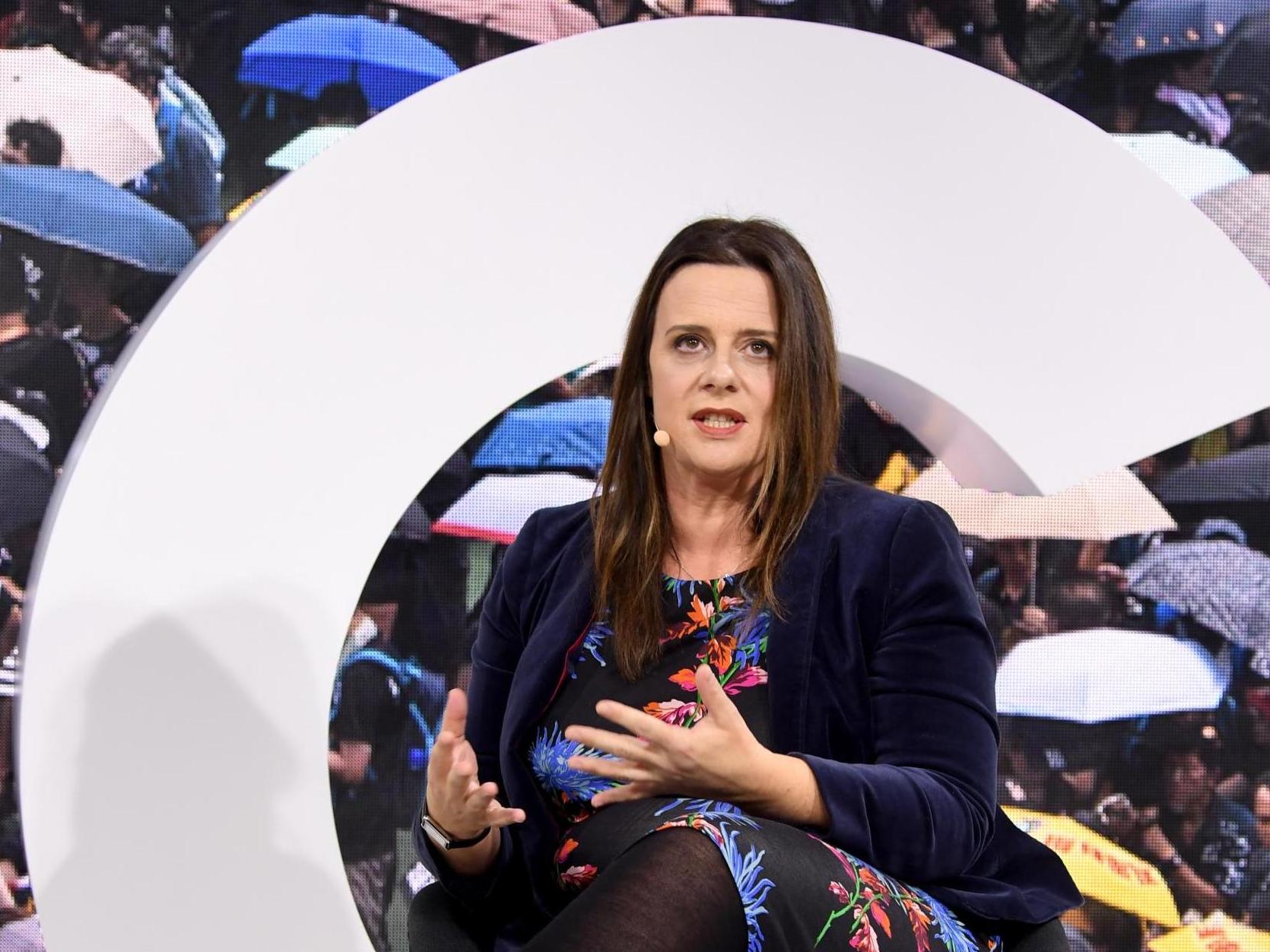What went wrong for BuzzFeed?
Analysis: Once hailed as the future of digital news, its UK operation broke new ground but ultimately couldn’t make its strategy pay, writes Jasper Jackson

When BuzzFeed first landed on UK shores in 2013, it was treated by most of the great and good in Fleet Street as a joke. “It’s just cats and lists, right?”, summed up the response for a fair chunk of hard-bitten hacks, many of whom still saw print as king, the internet as a fad and social media as irrelevant.
Seven years later, BuzzFeed’s UK news operation, along with its Australian counterpart, is all but closing, withdrawing entirely from what its US parent calls “local news” in both countries. But while not everyone will be sad to see it go, you’ll be hard-pressed to find anyone dismissing the impact it has had on journalism in the UK.
Roughly a dozen journalists have been put on furlough and are unlikely to return, including a Westminster team that has matched the rest of the political lobby story for story, and a swathe of young journalists who have brought in scoops and long-running series on everything from our the faltering Brexit trade talks to our malfunctioning court system to fake news networks from eastern Europe. An investigations team and a handful of staff focused on stories that will do well in America will remain.
It looks like a full-scale global retreat for an organisation once hailed as the future of digital news.
Like the rest of the media, BuzzFeed’s bottom line has been hit by the coronavirus outbreak, which has decimated digital advertising along with print sales. Other digital outlets from BuzzFeed’s class of the Noughties and early 2010s have announced big cuts. Business site Quartz announced it was cutting 40 per cent of its staff just hours after the BuzzFeed news. Vice Media, the hipster bible that turned itself into a digital behemoth, is scrapping 155 roles across its brands in response to declining revenues as a result of the pandemic. Again, the layoffs will be focused on its international roles, with two thirds coming outside the US.
All three were once poster children for a new wave of digital-first media brands that promised to do things differently. They have all failed to escape the bite of an advertising slump caused by the coronavirus.
But the signs have been there for a while. BuzzFeed UK had already been hard hit by two rounds of redundancies. At the start of 2019 UK editor-in-chief Janine Gibson, the former Guardian deputy editor who had led the paper’s coverage of the Edward Snowden leaks, resigned just weeks before the second wave which left it well below half its former strength.
A common thread for many of this breed of media companies is that they were built on, run on – and, most importantly, a means of raising – investment money, as if they were tech start-ups. That was even more true for BuzzFeed, which for years insisted publicly that it was a tech company. The dream for founder Jonah Peretti and early investors such as VC firm Andreessen Horowitz was always a multibillion-dollar exit by floating on the stock market or selling to a bigger beast such as US telecoms and media conglomerate Comcast, which has already invested $400m in the company.
But producing good journalism is not the same as launching a social network, or even building an app for delivering takeaways or organising cab rides. Journalists and the time and support they need to produce good journalism are expensive. Its skill at understanding how content travels across social media delivered big audiences, but the branded content it initially intended to make money was almost as expensive to produce as the journalism. Meanwhile, Google and Facebook, true tech companies that have never been in the costly and time-consuming business of creating their own content, hoovered up the vast bulk of the money being spent on digital advertising.
Treating a media company as though it could be a tech company may not have been a sensible long-term business strategy, but it did mean BuzzFeed was prepared to spend money when the rest of the media was contracting. While virtually every established outlet was cutting back as money fled from print, BuzzFeed invested in people. It paid exceptionally good salaries to hire big names and practised hacks, while also paying more than decent wages to young journalists who turned into great ones.
It also did something that few others at the time did – taking what happened on the internet seriously. Not as a separate space or beat that was independent and removed from real life. But as an extension of ourselves where most of us live out at least part of our lives. It’s a path pretty much everyone else has followed.
When you talk to people who worked for BuzzFeed, they will laugh at the Silicon Valley-style corporate speak, the free snacks and stickers. They will often bristle at its approach to unionisation, which was by turns dismissive and hostile. But they will also talk about the freedom they were given to pursue stories that they felt mattered and very often made a difference.
We can only hope more organisations with the will and resources to produce good journalism, and perhaps a more realistic assessment of how much money there is to be made from it, come along in the future.
Join our commenting forum
Join thought-provoking conversations, follow other Independent readers and see their replies
Comments